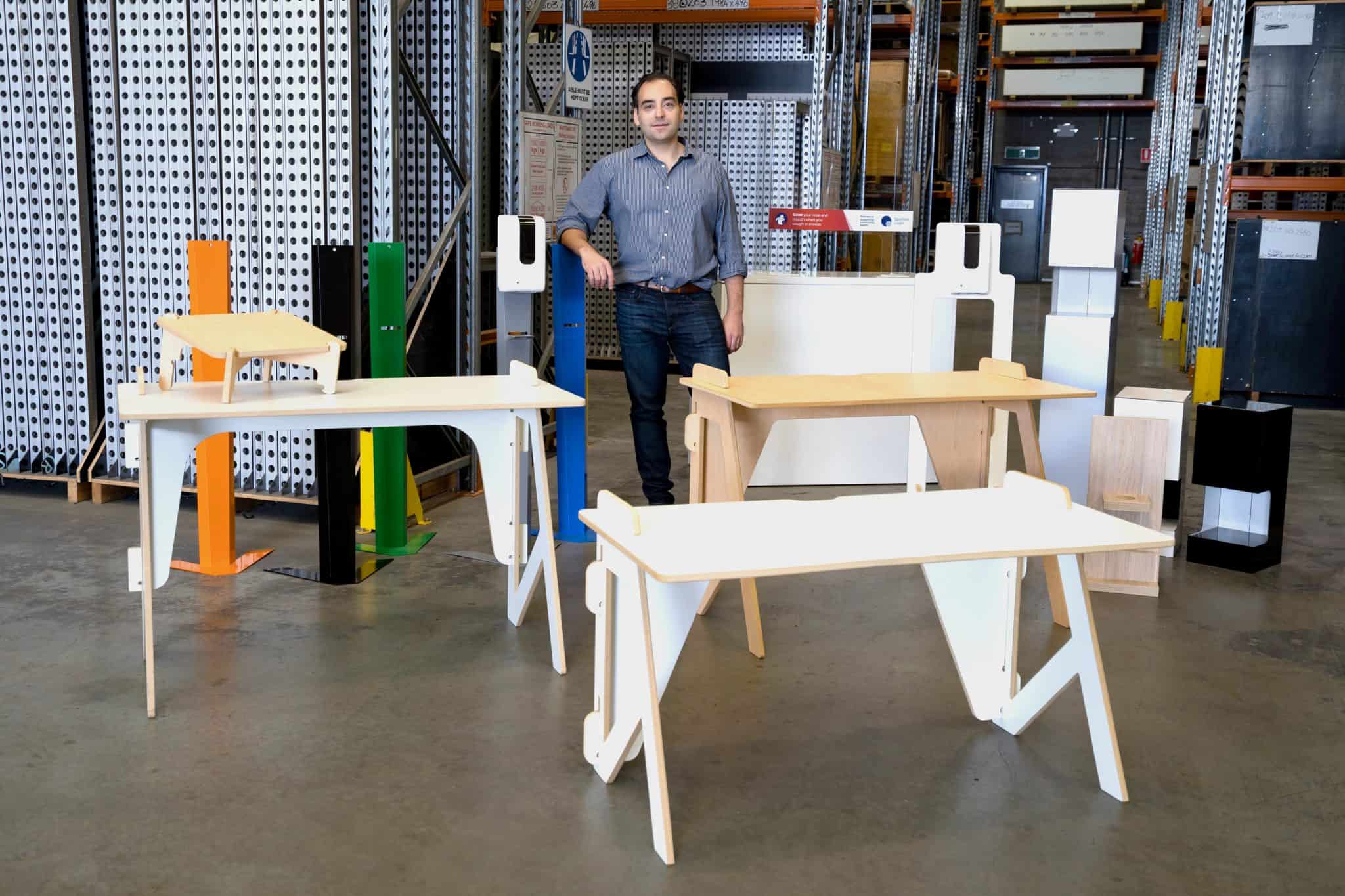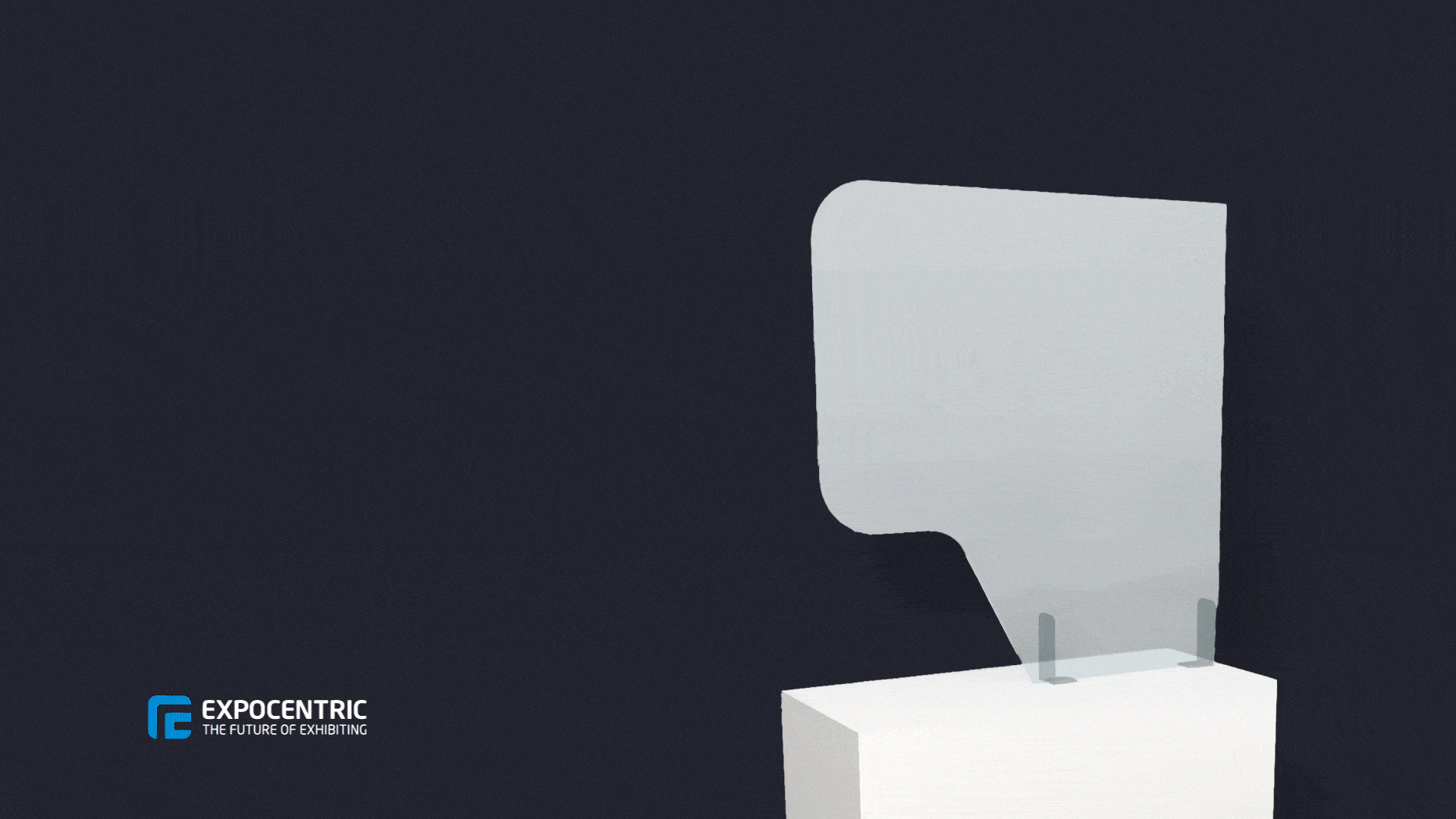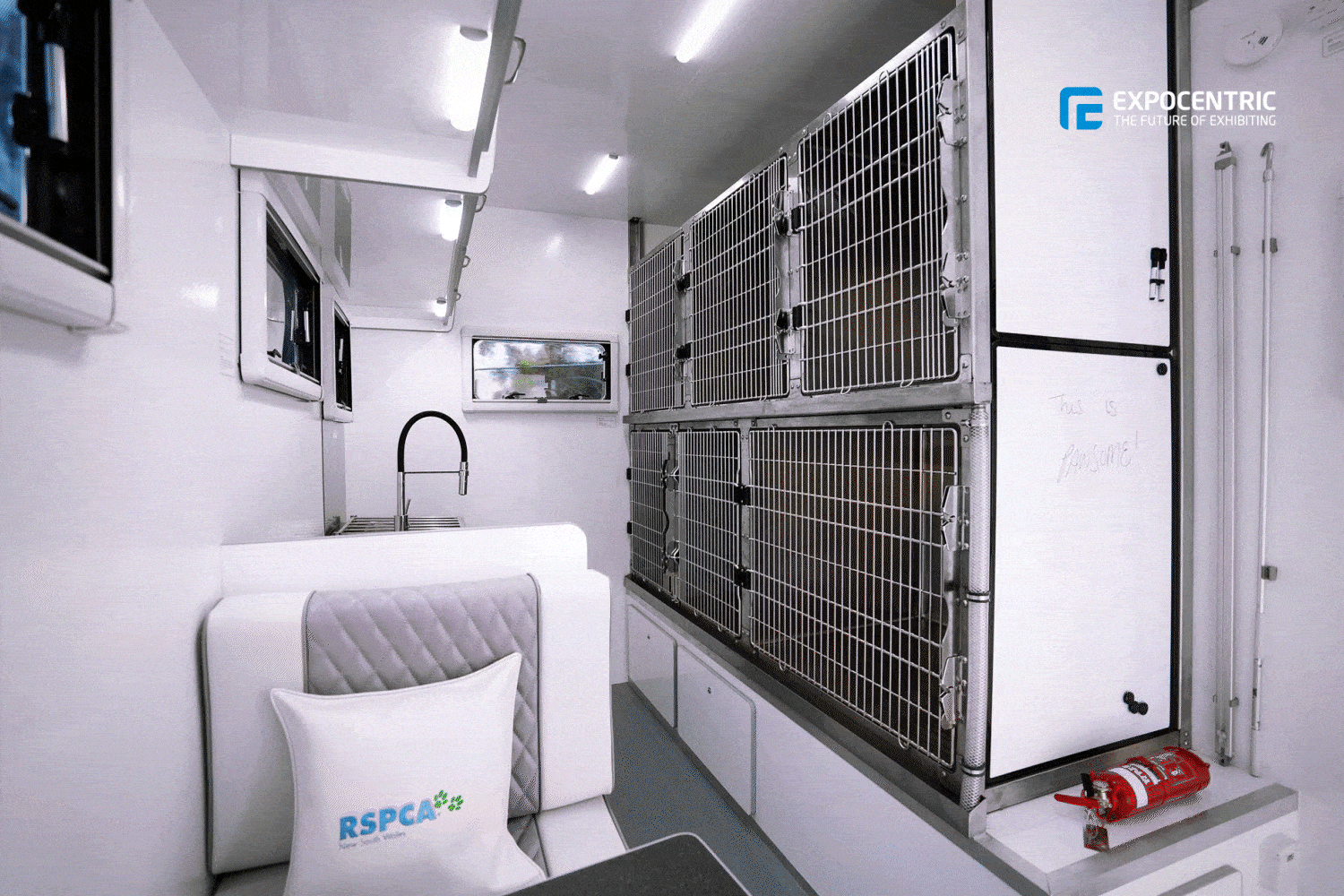
Albeit 21 years premature, Ross Geller knew COVID’s buzzword ‘PIVOT!’ and exclaimed it with the urgency that the event industry would soon understand – and PIVOT Expo Centric did, in a multitude of directions to keep themselves afloat in 2020 and 2021.
The initial stages welcomed an ecommerce shift which later resulted in two of Expo Centric’s most significant clients throughout the two years.
Here is how they survived COVID-19 without closing doors, and keeping on average 35 staff employed.
PRE-PIVOT
“The 3rd of March, 2020 was Expo Centric’s 11th birthday, we had 58 staff and we were looking at having our best year,” – Stan Kruss, CEO
By March 2020, Expo Centric had 87 stands confirmed for the upcoming months, and over $6.3mil in revenue on the way.
But then there was white noise. Melbourne Grand Prix cancelled, and Melbourne employees told to ‘Go Home’. Instead of this fast paced environment where blinking meant you lost the day, time was slowing down and grinding to a halt.
A fully loaded semi-trailer 12 hours north of Sydney on route to Cairns, turned around after another event had been cancelled at the hands of COVID.
Week by week, events were being cancelled if not postponed indefinitely. As silence filled the air, Expo Centric had a quick second to breathe before discovering what the market really demanded.
PIVOT 1. THE SCREENS. THE SANITISING STATIONS. THE STAND-UP DESKS.

Month one saw staff numbers dwindle from 58 to 20, and salaries fell just as rapidly. Expo Centric was in a position of having talented staff with nothing to create.
Within the first month of the pandemic, demand was placed on barriers to prevent covid. Whether it be pharmacies, offices or supermarkets, consumers wanted a layer of protection between them and the person next to them.
Pivot 1 was the creation of acrylic screen stands. Expo Centric saw the opportunity to combine both the high demand for covid protection, and an offer for their extensive marketing database. Acting as a marketing exercise, Expo Centric manufactured branded screens which went into 400 pharmacies free of charge, as each were paid by advertisers.

Pharmacy screens distributed across 400 stores within Australia.
Following the successful rollout of screens within the pharmacies, Expo Centric approached Petbarn, who later required 600-700 screens to be distributed to each of their stores. This opened the door to another tender between Petbarn and Expo Centric.

Simultaneously, Expo Centric kept their finger on the pulse looking at the demand of other businesses with the production of sanitising stations. Every business required sanitisers upon entry and Expo Centric manufactured for this. The introduction of Sanitising Stations was Expo Centrics’ first experience of working with sheet metal as well as mass fabrication of the same thing, unlike creating one off exhibition stands. Not only were they keeping revenue up, but building their skills alongside it.

Alongside working from home for long periods of time came poorly set up offices, spare bedrooms and kitchen tables. Expo Centric noted the lack of availability of desks at stores like IKEA which pushed them into producing their own. Their range included office desks, stand up desks, laptop stands and monitor stands. The family of desks that were developed that supported the breadth of needs in the marketplace (standing, sitting, wide, narrow, working in bed etc).
All Expo Centric desks were designed to be shipped flat pack, significantly reducing shipping complexity and costs and they can be stored flat pack when not in use. Additionally, all designs were 100% tool-less to assemble and disassemble, taking between 1-2 minutes to configure.

The stand-up desks were later awarded Platinum for Best New Product Development by the World Exhibition Stand Awards. 🔗 Read the award-winning entry here.
Collectively the sales of acrylic screens, stanitising stations and stand up desks harvested a much needed $2mil.
1958 Read Expo Centric CEO Stan Kruss’ interview with World Exhibition Stand Awards here.
As part of the creation of these products came the development of the e-commerce store; ExpoCentric LITE. In addition to a growth in accessibility for those requiring the products, it was also an opportunity for Expo Centric to develop their team, skills and offerings. Alongside the development of an e-comm site came the requirement of running an online store, logistics, shipping and this new business model.
As a result of building and running Expo Centric LITE, Expo Centric was able to develop Exhibit Central, aka Pivot 2

PIVOT 2. THE DISPLAYS.

🔗 https://exhibitcentral.com.au/
Pre-covid there was a lingering demand for a portable screen solution, enabling exhibitors to attend events with their branding, without having to build a stand. COVID created the capacity to entertain this demand, all the while keeping exhibitors who were unable to attend events within a booth, still able to represent their branding.
From the experience taken with the introduction of Expo Centric LITE, Exhibit Central was developed. Exhibit Central is the solution for clients struggling to find high quality portable displays that would work with and reflect the quality of their existing stand elements. This portal was built on a strategy that leveraged an existing client database, knowing that many customers would want a more cost effective solution when they began to dip their toes back into events. In a market that was cluttered by cheap alternatives, Expo Centric developed a higher quality, yet cost efficient solution.
PIVOT 3. THE CLIENTS
It was the culmination of the acrylic screens, usage of the existing marketing database and the distribution of screens into pharmacies and Petbarn stores that propelled Expo Centric’s name into the different industries.
With their finger on the pulse, Expo Centric began gaining momentum within different industries and the media started to notice. In a position to provide perspective, The Sydney Morning Herald were the first to enquire, understanding how Expo Centric was tackling COVID-19

🔗 Read the full Sydney Morning Herald article: ‘We don’t have to wait for China: Manufactures pivot to fight COVID-19 here.
The Nosh Project was the design and implementation of a product activation stand distributed across 159 Petbarn stores in Australia. 🔗 Read The Nosh Project case study here.

Following the successful implementation of Petbarn’s product activation came a recommendation to industry connection, RSPCA. Unlike any project undertaken by Expo Centric before, RSPCA brief the manufacturing of Australia’s first mobile adoption clinic. 

COVID-19 was a tough time for Expo Centric and the events industry alike. The strategic shifts into different industries and skill sets go beyond the first three pivots.
